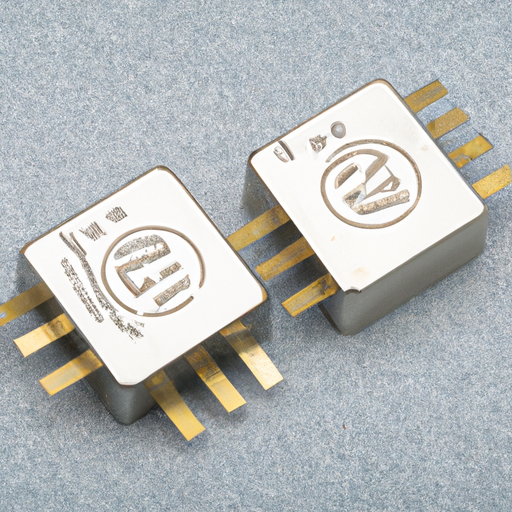Core Functional Technology of Adjustable Inductors
1. Variable Inductance: Adjustable inductors can change their inductance values, which can be achieved through mechanical adjustments (like a movable core) or electronically (using components like varactors or digitally controlled inductors). This flexibility allows designers to fine-tune circuit performance.
2. Tuning Capability: These inductors are crucial in tuning circuits, enabling precise adjustments to match resonant frequencies in RF applications. This is particularly important in applications where frequency stability and selectivity are required.
3. Integration with Other Components: Adjustable inductors can be combined with capacitors and resistors to create LC circuits, which are foundational in filters, oscillators, and amplifiers. This integration allows for the design of complex circuits that can be tailored to specific applications.
4. Control Mechanisms: Some adjustable inductors utilize electronic control mechanisms, such as digital potentiometers or microcontrollers, to dynamically adjust inductance values. This capability is particularly useful in automated systems where real-time adjustments are necessary.
5. Applications in RF and Communication: Adjustable inductors are extensively used in RF applications for tuning antennas, filters, and oscillators, enhancing signal quality and enabling precise frequency selection.
Application Development Cases
1. RF Tuners: Adjustable inductors are integral to RF tuners in radios and televisions. By modifying the inductance, the tuner can select different frequencies, allowing users to switch between channels seamlessly. This application highlights the importance of adjustable inductors in consumer electronics.
2. Variable Bandpass Filters: In communication systems, adjustable inductors are employed in bandpass filters to allow specific frequency ranges to pass while attenuating others. This capability is essential for minimizing interference and enhancing signal clarity, particularly in crowded frequency bands.
3. Inductive Load Control: In power electronics, adjustable inductors can control inductive loads, such as motors and transformers. By varying the inductance, engineers can optimize performance and efficiency, which is critical in applications like motor drives and power supplies.
4. Oscillator Circuits: Adjustable inductors are used in oscillator circuits to set the frequency of oscillation. By changing the inductance, designers can create oscillators that operate over a range of frequencies, which is beneficial in applications like signal generation, clock circuits, and frequency modulation.
5. Smart Antennas: In modern communication systems, adjustable inductors are utilized in smart antennas to dynamically adjust impedance, improving signal reception and transmission. This adaptability is crucial for maintaining performance in varying environmental conditions, such as urban settings with multiple signal reflections.
6. Educational Kits: Adjustable inductors are often included in educational electronics kits to teach students about inductance, resonance, and circuit design. These kits provide hands-on experimentation opportunities, allowing learners to observe the effects of variable inductance on circuit behavior and performance.
Conclusion
Adjustable inductors are essential components in various electronic applications, particularly in RF and communication systems. Their ability to dynamically modify inductance values makes them invaluable for tuning, filtering, and signal processing. As technology continues to evolve, the integration of adjustable inductors with digital control systems is expected to lead to even more innovative applications, enhancing the performance and versatility of electronic devices. The ongoing development in this field will likely open new avenues for research and application, further solidifying the role of adjustable inductors in modern electronics.






